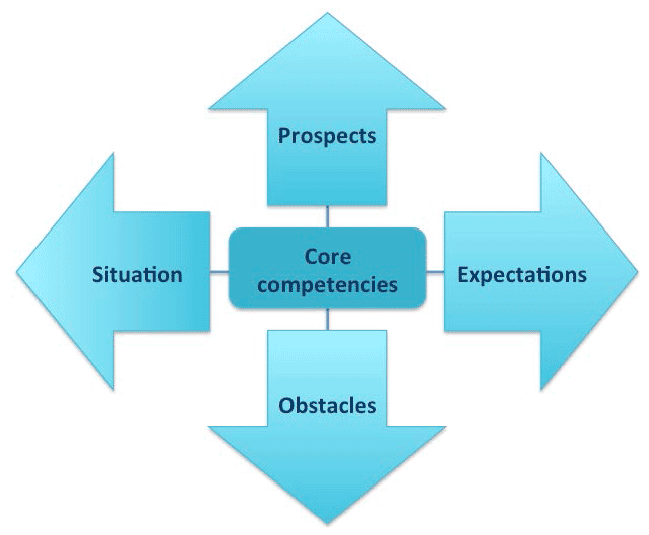Independent review of Scottish aquaculture consenting
Report of the independent review of the planning and consenting process for Scottish aquaculture, jointly commissioned by Marine Scotland and The Crown Estate.
2 Methodology
A desk based review of literature and web based resources was undertaken to inform the report including:
- Section 3: Policy and existing initiatives within the Scottish aquaculture sector;
- Section 4: The current consenting process for Scottish aquaculture including all consenting regimes for finfish, shellfish and cultivated seaweed; and
- Appendix 2: Review of other UK and Scottish consenting regimes and other worldwide aquaculture regimes.
2.2 CONSULTATION
Extensive consultation was undertaken with finfish and shellfish industry, regulators, consenting bodies and statutory consultees in order to gain insight of the complexities within the current consenting process and to understand the strengths, issues, frustrations of the consenting process and areas for potential improvement.
In total 55 individuals across 37 authorities, organisations and companies were interviewed including:
- 16 aquaculture developers, (7 salmon, 3 sea trout, 4 mussel and 2 oyster [1] );
- 5 aquaculture organisations/associations (2 finfish, 2 shellfish and 1 seafood);
- 10 regulating/consenting authorities, representing all of those involved throughout the consenting regime including Local Authorities ( LAs), the Crown Estate, Scottish Environment Protection Agency ( SEPA), Marine Scotland Licencing Operations Team ( MS-LOT) and Marine Scotland Science Fish Health Inspectorate ( MSS-FHI);
- 6 statutory consultees including Scottish Natural Heritage ( SNH), Marine Scotland Science ( MSS), District Salmon Fishery Boards ( DSFBs), Northern Lighthouse Board ( NLB), Maritime and Coastguard Agency ( MCA) and Marine Scotland Planning and Policy); and
- 1 public body (Highlands and Island Enterprise)
This is summarised in Table 2.1 and a full list of individuals consulted is provided in Appendix 1.
The consultation strategy that supported this consultation process is presented in Appendix 3, including two distinct questionnaires for:
- Local Authorities, other regulators, consenting bodies and statutory consultees; and
- Aquaculture developers and industry organisations/ associations.
Consultation was undertaken using a combination of face-to-face meetings, video-conference, telephone and email. In some cases consultees provided written responses within the questionnaire template or as a stand-alone document. When using this approach, consultees generally collaborated with their colleagues; and this was generally preceded or followed up by a meeting with project consultants allowing opportunity to clarify and discuss points arising.
Table 2.1: Number of companies/authorities/organisations and individuals interviewed
| Type of consultee | Companies/authorities/organisations | Individuals |
|---|---|---|
| Industry - finfish | 12 | 20 |
| Industry - shellfish | 8 | 7 [2] |
| Local Authority | 6 | 10 |
| Regulator / Consenting body | 4 | 8 |
| Statutory consultee / Consultee | 7 | 10 |
| Total | 37 | 55 |
2.3 CONSULTATION ANALYSIS
The questionnaires were designed to be non-leading and unbiased, containing non-structured questions i.e. open-ended with no prescribed list of answer choices. The questions were developed to gain information from every stage of the consenting process and provide ample opportunity for respondents to raise issues, strengths, observations and potential solutions.
As a result comments on the same theme where raised by different respondents at different places within the questionnaire. To prevent repetition, analysis on a question-by-question basis was therefore avoided. Instead, each comment, issue, positive statement, potential solution and reference to current/upcoming actions was logged into an excel database with the following headings:
- Company/authority/organisation;
- Name of individual(s) consulted;
- Consultee type:
- Industry - finfish;
- Industry - shellfish;
- Local Authority;
- Regulator / Consenting body; or
- Statutory consultee / Consultee;
- Comment: free text based on consultation interviews and written submissions;
- Type:
- Strength;
- Issue;
- Suggested solution;
- Upcoming action; and
- Theme: based on a list of themes developed when reviewing responses
The consultation database compiled a total of 647 comments which were analysed by theme and type of consultee, and presented in Section 5.1.
2.4 SCOPE ANALYSIS OF ALTERNATIVE OPTIONS
Based on the review of the Scottish consenting process, other UK and aquaculture consenting procedures ( Appendix 2) and the consultation undertaken as part of this research, a series of alternative consenting options have been proposed in Section 6.
These options have been assessed using a SCOPE analysis (Situation; Core competencies; Obstacles; Prospects and Expectations, Figure 2.1) to explore the potential opportunities and inform resulting recommendations.
Figure 2.1: SCOPE analysis

SCOPE is a multidimensional planning tool that retains many similarities to SWOT analysis (Strengths; Weaknesses; Opportunities and Threats), but provides a basis to present additional information and reflections pertinent to the planning process. SCOPE allows past, present and future conditions, internal and external factors and advantages and disadvantages to be taken into consideration as part of a wider process of analysis. The SCOPE categories are inter-linked and relevant to each other, and summarized as follows:
- Situation: the issues or themes within the current consenting process that the alternative option could address.
- Core competencies: strengths, core skills and abilities within the current consenting process that could be drawn upon to support the alternative option.
- Obstacles: potential issues and threats of the alternative option.
- Prospects: possibilities, chances and opportunities that could be delivered by the alternative option.
- Expectations: the anticipated future-view delivered by the alternative option.
2.5 QUICK WINS AND RECOMMENDATIONS
Informed by the consultation process and the mapping of consenting regimes, a series of quick win are identified within Section 6. These could be implemented on a short timescale, with little associated effort/resources.
As a result of the SCOPE analysis of alternative consenting options, further recommendations are also provided in Section 6.
Contact
There is a problem
Thanks for your feedback